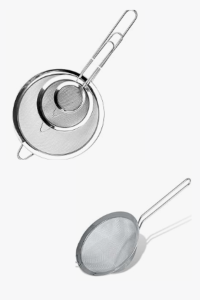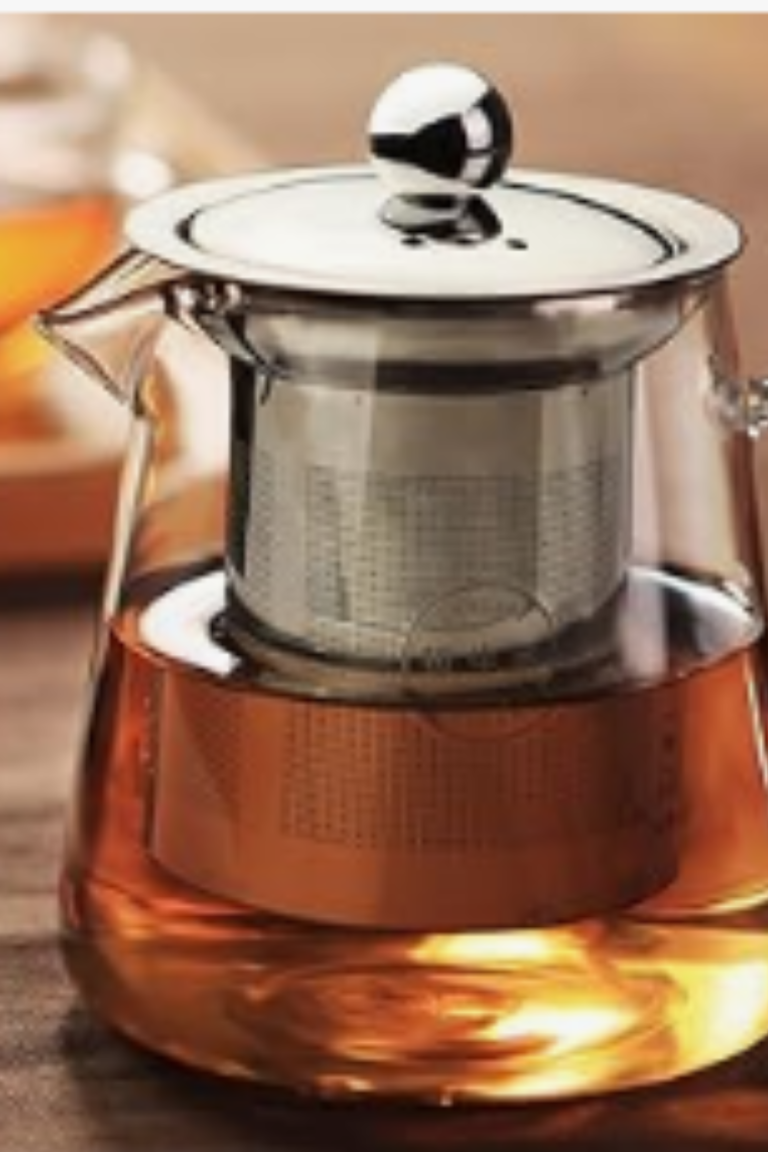SFTR: role in cake making Clarified
In this topic, I’m going to talk about the essential role of a sifter in cake making, drawing from my own personal experience.
Table of Contents
ToggleWhat is a Sifter (SFTR)?
A sifter is a simple yet crucial tool in the realm of baking. Its primary function is to aerate and combine dry ingredients, ensuring they are uniformly mixed before being incorporated into the batter. By passing flour, cocoa powder, baking soda, and other powders through its fine mesh, a sifter effectively breaks up clumps and adds air, resulting in a lighter, fluffier texture in baked goods. Check out the right Sifter, cake tools, and ingredients that you need here <

Why Use a Sifter in Cake Making?
When it comes to baking cakes, achieving the perfect texture is paramount. A sifter plays a pivotal role in this process by:
- Breaking Up Lumps: Flour and other dry ingredients often clump together due to moisture or packaging. Sifting helps to break down these clumps, ensuring a smooth and even consistency in your batter.
- Incorporating Air: As dry ingredients pass through the mesh of the sifter, air is incorporated into them. This aeration is crucial for creating a light and airy cake texture. It also contributes to the even distribution of leavening agents such as baking powder or baking soda, which are essential for the cake to rise properly.
- Ensuring Even Mixing: By sifting dry ingredients together before adding them to the wet mixture, you ensure that they are evenly distributed throughout the batter. This uniformity translates to a cake that bakes evenly, without pockets of dry flour or uneven flavors. Check out the right Sifter, cake tools, and ingredients that you need here <
How to Use a Sifter Effectively
Using a sifter is straightforward:
- Prepare Dry Ingredients: Measure out the required amount of flour, cocoa powder, baking powder, and any other dry ingredients specified in your recipe.
- Sifting Process: Place the sifter over a mixing bowl and add the measured dry ingredients into the sifter’s mesh.
- Sift Into Bowl: Gently tap or shake the sifter to sift the dry ingredients into the bowl below. Continue until all dry ingredients have been sifted.
- Incorporate into Batter: Once sifted, gently fold the dry ingredients into the wet mixture as per your recipe instructions. Avoid over-mixing to maintain the airiness achieved through sifting.
Mastering the use of a sifter can elevate your baking game, ensuring that each cake you bake is not only visually appealing but also has the perfect texture and consistency. Whether you’re a novice baker or a seasoned pastry chef, incorporating a sifter into your baking routine can make a significant difference in the quality of your baked goods. Check out the right Sifter, cake tools, and ingredients that you need here <

Drilling Deeper: Comparing Sifting Methods
When it comes to sifting, there are different methods and tools available, each offering unique benefits depending on the recipe and personal preference. Let’s explore some common sifting methods and their effectiveness in cake making:
Handheld Sifters vs. Flour Sieves
Handheld Sifters:
- Ease of Use: Handheld sifters, often operated by squeezing a handle, are convenient for small batches of dry ingredients.
- Control: They allow for precise control over the amount of ingredients sifted at a time, making them suitable for delicate recipes.
- Quick Cleanup: Their compact size makes them easy to clean and store. Check out the right Sifter, cake tools, and ingredients that you need here <

Flour Sieves:
- Capacity: Larger sieves are ideal for sifting larger quantities of flour and other dry ingredients quickly.
- Air Incorporation: Their larger mesh size may not aerate ingredients as finely as handheld sifters, but they are efficient for bulk baking.
- Versatility: Some flour sieves come with interchangeable meshes, allowing for varied coarseness in sifting.
Manual vs. Electric Sifters
Manual Sifters:
- Traditional Approach: Manual sifters require physical effort to operate but provide tactile feedback, allowing bakers to feel the consistency of the sifted ingredients.
- Precision: Bakers can control the speed and force of sifting, ensuring thorough mixing without over-processing.
- Heritage Appeal: Many traditional bakers prefer manual sifters for their connection to time-honored baking techniques. Check out the right Sifter, cake tools, and ingredients that you need here <
Electric Sifters:
- Efficiency: Electric sifters automate the sifting process, saving time and effort in large-scale baking operations.
- Consistency: They provide uniformity in sifting, ensuring that all dry ingredients are evenly aerated and mixed.
- Speed: Ideal for commercial kitchens or frequent bakers, electric sifters streamline preparation without sacrificing quality.
Tips for Choosing the Right Sifter for You
When selecting a sifter for cake making, consider your baking needs, the volume of baking you typically do, and your preference for manual or electric tools. Both handheld sifters and flour sieves offer effective results, while the choice between manual and electric sifters depends on your baking frequency and desired level of automation.
By understanding these differences and experimenting with various sifting methods, you can elevate your baking skills and achieve consistently delicious cakes with the perfect texture every time. Check out the right Sifter, cake tools, and ingredients that you need here <
comparison tabular
| Aspect/Method | Handheld Sifters | Flour Sieves | Manual Sifters | Electric Sifters |
|---|---|---|---|---|
| Operation | Squeeze handle to sift small batches | Manual shaking or tapping for larger batches | Crank or squeeze handle for precise control | Automated operation for efficiency |
| Aeration | Finely aerates dry ingredients | Aerates effectively for bulk quantities | Manual control over aeration | Uniform aeration with consistent results |
| Control | Precise, good for delicate recipes | Varies by mesh size, less precise than handheld | Control over sifting speed and force | Consistent, automated operation |
| Cleanup | Easy to clean and store | Larger size may require more effort to clean | Moderate cleanup effort | Easy to clean with detachable parts |
| Versatility | Suitable for small batches | Handles larger quantities efficiently | Traditional approach, versatile | Efficient for high-volume baking |
| Speed | Moderate speed | Fast for large batches | Manual operation, moderate speed | Fast, automated operation |
| Usage Preference | Convenient for occasional baking | Ideal for bulk baking, frequent use | Heritage appeal, traditional technique | Commercial kitchens, frequent baking |
| Ideal For | Home bakers, small quantities | Professional kitchens, bulk baking | Traditional bakers, tactile feedback | High-volume baking operations |
Key Considerations:
- Purpose: Choose based on your baking needs—whether it’s occasional baking at home or frequent baking in a professional kitchen.
- Aeration: Consider how finely you need your dry ingredients aerated for achieving the desired texture in cakes.
- Control: Evaluate the level of control you prefer over the sifting process—whether manual precision or automated consistency.
- Cleanup: Factor in the ease of cleaning the sifter, especially for frequent use scenarios.
- Versatility: Depending on whether you need a tool that can handle small batches delicately or large quantities efficiently.
- Speed: Assess how quickly you need to sift ingredients based on your baking schedule and volume.
- Usage Preference: Your personal baking style and preference for traditional techniques or modern automation. Check out the right Sifter, cake tools, and ingredients that you need here <
FAQs on Sifting in Cake Making
What is the purpose of sifting dry ingredients?
Sifting dry ingredients like flour, cocoa powder, and baking soda helps break up clumps, aerates the mixture to ensure even distribution of leavening agents, and contributes to a lighter, fluffier texture in cakes.
Do I need to sift if my recipe doesn’t specify?
While some recipes may not explicitly require sifting, it’s generally recommended for achieving a smoother batter and ensuring ingredients are evenly mixed. Sifting also helps prevent lumps that can affect the texture of your cake.
Can I substitute a sifter with a whisk or fork?
While a whisk or fork can help break up some clumps, they won’t aerate the ingredients as effectively as a sifter. For best results, especially in delicate recipes like cakes, using a sifter is preferred to achieve the desired light and airy texture.
How often should I clean my sifter?
It’s good practice to clean your sifter after each use to prevent buildup of flour or other ingredients, which can affect future batches. Most sifters are easy to clean with warm water and a brush or cloth.
What’s the difference between a flour sieve and a handheld sifter?
A flour sieve typically has a larger mesh and is designed for sifting larger quantities quickly. Handheld sifters have finer meshes and are suitable for smaller batches, offering more control over the sifting process. Check out the right Sifter, cake tools, and ingredients that you need here <
Final Words
Mastering the art of sifting is a fundamental skill that can significantly enhance your baking results. Whether you choose a handheld sifter, flour sieve, manual sifter, or electric sifter, each tool has its advantages depending on your baking needs and preferences. Experiment with different methods to discover which works best for your favorite cake recipes. Happy baking.

Hi!
I’m Mike, the creator of Forum Foodies. In my own personal experience, understanding ingredients is key to great cooking.
Forum Foodies offers guides on various ingredients, from staples to exotic finds. Join our community, share your experiences, and learn from fellow food lovers.
Have questions or suggestions? Email me at info@forumfoodies.com. Let’s embark on this delicious adventure together.
Happy cooking.
Mike/
Related Posts
- CT: Cake Tester role in cake making Clarified
In this topic, I'm going to talk about a tool that plays a crucial role…
- CS: Cake Slicer role in cake making Clarified
In this topic, I'm going to talk about the CS - Cake Slicer, drawing from…
- CP: Cake Pan role in cake making Clarified
In this topic, I'm going to talk about cake pans and their crucial role in…
- CF: Cake Flour role in cake making Clarified
In this topic, I'm going to talk about the role of cake flour in making…
- CC: Cake Comb role in cake making Clarified
In this topic, I'm going to talk about the CC - Cake Comb and its…
- BL: Blender role in cake making Clarified
In this topic, I'm going to talk about the role of a blender in cake…
- CP: Couplers role in cake making Clarified
In this topic, I'm going to talk about an essential element in cake making CP…
- TN: Tongs role in cake making Clarified
In this topic, I'm going to talk about the crucial role of tongs in cake…
- GC: Grater role in cake making Clarified
In this topic, I'm going to talk about the essential kitchen tool known as the…
- WH: Whisk role in cake making Clarified
In this topic, I'm going to talk about the indispensable tool in cake making the…
- CK: role in cake making Clarified
In this topic, I'm going to talk about CK - Cookie Cutters in my own…
- CT: Cheesecloth role in cake making Clarified
In this topic, I'm going to talk about the role of cheesecloth in cake making,…
- SL: Spreader role in cake making Clarified
In this topic, I'm going to talk about the role of a crucial ingredient in…
- ST: Strainer role in cake making Clarified
In this topic, I'm going to talk about the essential role of a strainer in…
- SF: Sifter role in cake making Clarified
In this topic, I'm going to talk about the SF - Sifter, a crucial tool…






